Significance
Lianzuo Mountain Guanyin Temple features an end-to-end arrangement of its various halls and a worship pavilion located in front of the main temple hall, a highly unusual setup for a Taiwanese temple. Although the temple has undergone a number of reconstructions, almost all the architectural components were only dismantled, treated, and then reassembled again according to the original design. This has allowed most of the precious century-plus old Qing dynasty wood and stone components to be retained. The temple is dedicated to the worship of its main deity, Guanyin, along with the Gods of the Three Realms—the God of Heaven, the God of Earth, and the God of the Underworld. The deities worshipped here reflect the ancestry of the followers who frequent the temple. One main group is the Minnan people of Daxi, whose ancestors hailed from Fujian and worship Guanyin. The others are Hakka communities from Taoyuan, Hsinchu, and Miaoli Counties, whose ancestry traces to Guangdong and worship the Gods of the Three Realms. It is said that the temple was initially built by immigrants from both Fujian and Guangdong Provinces. The constant conflicts and battles between Fujian and Guangdong settlers in Taiwan during the Qing Dynasty and the fluctuating relationships between these different ethnic groups over the course of Taiwan’s historical development are embodied in the complex mix of religious beliefs promulgated in the temple.
History
Located by the Canjin Bridge in Daxi, Lianzuo Mountain earned its name because the hill is shaped like the lotus stands that support statues of the Buddha (Lianzuo means ‘lotus seat’ in Mandarin). The temple was built in 1797 by local gentry who worshipped Guanyin and were struck by the resemblance of the landform to this Buddhist religious symbol. In the 19th century, people from the area repeatedly raised funds for temple renovations, making it increasingly solemn and dignified. The most recent renovation, in 1998, restored the temple to its original appearance; it is now listed as a historic monument of Taoyuan City. For more than two centuries, Lianzuo Mountain Guanyin Temple has served as a religious center for Hakka communities in the regions of Taoyuan, Hsinchu, and Miaoli, who have carried on a tradition of taking xiang flags (flags representing the supernatural powers of gods, heavenly soldiers, and divine generals) into their homes to entreat Guanyin for divine blessing. On the 19th day of the second lunar month, the birthday of Guanyin, multitudes of followers visit the temple to offer incense to the Guanyin Buddha, making this day a major event in the temple calendar. From the square in front of the temple, visitors may observe the beautiful scenery of the Dahan River Valley; the view from the temple’s Xiao Bell is listed as one of Daxi’s eight scenic spots.
Special Features
1A Unique Temple Floor PlanLianzuo Mountain Guanyin Temple’s end-to-end building plan was designed in response to the lack of depth on the summit of Lianzuo Mountain. The temple was reconstructed into a single, five-entrance hall in 1934, retaining only the horizontal building arrangement. Other changes included the relocation of some of the components of the original temple and the modification of the main temple roof into the sanchuan style. These alterations transformed the temple from a small, simple building into a much larger, nine-kaijian (an ancient Chinese architectural unit denoting the openings between the pillars), five-entrance temple.
2The Worship Pavilion
 The lengthwise setup of Lianzuo Mountain Guanyin Temple together with the placement of the worship pavilion resulted in a unique situation in which visitors merely have to go through one entrance to find themselves in the heart of the temple. This is known as a sanchuan-roofed yijin style temple, and it’s a rarity in Taiwan. The worship pavilion, commonly referred to as the Guanyin Pavilion by followers, was built in 1904 and underwent renovations in 1934, during which the four-cornered structure was rebuilt with four exterior and four interior pillars to support a hip-and-gable roof with an extra gable on the top. An elegantly painted and highly decorative stone lion was placed on each side of the area in front of the worship pavilion. The ancient-looking figures of the immortals perched under the bottom eaves were also created during this time, a period when Taiwan was under Japanese colonial rule.
The lengthwise setup of Lianzuo Mountain Guanyin Temple together with the placement of the worship pavilion resulted in a unique situation in which visitors merely have to go through one entrance to find themselves in the heart of the temple. This is known as a sanchuan-roofed yijin style temple, and it’s a rarity in Taiwan. The worship pavilion, commonly referred to as the Guanyin Pavilion by followers, was built in 1904 and underwent renovations in 1934, during which the four-cornered structure was rebuilt with four exterior and four interior pillars to support a hip-and-gable roof with an extra gable on the top. An elegantly painted and highly decorative stone lion was placed on each side of the area in front of the worship pavilion. The ancient-looking figures of the immortals perched under the bottom eaves were also created during this time, a period when Taiwan was under Japanese colonial rule.
3The Octagonal Caisson Ceiling In the ceiling of the worship pavilion there is an octagonal caisson ceiling well which was made by building an octagonal wooden dome supported by a square frame of crossbeams set parallel to the eaves several feet below the roof. The eight sided dome of the caisson is made up of six layers of ornate interlocking brackets, or dǒugǒng, each layer forming an octagonal frame and each frame with a diameter smaller than that of the one below it, creating the domed shape of the inverted caisson well. The bottom three layers are composed of twenty-four sets of brackets each, three to a side of the octagon. The number of brackets then decreases to two per side for a total of sixteen sets of brackets in each of the next three layers. The sixth and final layer encircles the peak of the dome. A bagua talisman is fixed in the center, completing the design. The weight of the dǒugǒng is uniformly distributed over the crossbeams to support the protruding upper roof gable. Of particular note architecturally is the fact that the supporting struts of the bottom layer of brackets are carved into the shape of chīhǔ, dragon-like mythical creatures, looking downwards over their backs; this type of chīhǔ bracket support design was specifically used by carpenters from Zhangzhou in the late 19th century.
In the ceiling of the worship pavilion there is an octagonal caisson ceiling well which was made by building an octagonal wooden dome supported by a square frame of crossbeams set parallel to the eaves several feet below the roof. The eight sided dome of the caisson is made up of six layers of ornate interlocking brackets, or dǒugǒng, each layer forming an octagonal frame and each frame with a diameter smaller than that of the one below it, creating the domed shape of the inverted caisson well. The bottom three layers are composed of twenty-four sets of brackets each, three to a side of the octagon. The number of brackets then decreases to two per side for a total of sixteen sets of brackets in each of the next three layers. The sixth and final layer encircles the peak of the dome. A bagua talisman is fixed in the center, completing the design. The weight of the dǒugǒng is uniformly distributed over the crossbeams to support the protruding upper roof gable. Of particular note architecturally is the fact that the supporting struts of the bottom layer of brackets are carved into the shape of chīhǔ, dragon-like mythical creatures, looking downwards over their backs; this type of chīhǔ bracket support design was specifically used by carpenters from Zhangzhou in the late 19th century.
4Pagoda of Respecting Saints at Lianzuo Mountain The Pagoda of Respecting Saints is a small incense burner located approximately 10 meters to the right of the Lianzuo Mountain Guanyin Temple. It enshrines Wenchang, the god of literature and examinations, and Kuixing, a guardian of scholars and literati. The purpose of the burner is both to honor these gods and to entreat them for success in examinations. The year in which the burner was raised can no longer be traced; it is estimated to be around the same time as the temple. The pagoda underwent renovations in 1936, at the same time as the Sacred Script Pavilion at Renhai Temple in downtown Zhongli. Although both incense burners are built in respect to literature and writing, the pagoda and the pavilion feature completely contrasting styles (one is Chinese in style and the other Western). The Pagoda of Respecting Saints is very simple in design and still mostly intact today. The structure is literally three hollow red brick cubes stacked together; the whole burner is less than five meters tall. The “pagoda” is crowned with a miniature hip-and-gable roof under which is a sign inscribed with the name “Kuixing Tower.” A small likeness of Kuixing stands in a niche below the sign. Vivid, lifelike carvings of a dragon and a tiger guard the entrance, and sculptures of plovers and lotuses grace the sides of the burner next to couplets with inscriptions intended to inspire scholars and literati. The door of the burner in the center is inscribed with the title Pagoda of Respecting Saints. It was used in the past for burning spirit paper with wishes for blessings written on it, in hope that the wishes would rise up to the heavens and be heard by the deities. The octagonal rail around the base of the burner forms a Bagua talisman.
The Pagoda of Respecting Saints is a small incense burner located approximately 10 meters to the right of the Lianzuo Mountain Guanyin Temple. It enshrines Wenchang, the god of literature and examinations, and Kuixing, a guardian of scholars and literati. The purpose of the burner is both to honor these gods and to entreat them for success in examinations. The year in which the burner was raised can no longer be traced; it is estimated to be around the same time as the temple. The pagoda underwent renovations in 1936, at the same time as the Sacred Script Pavilion at Renhai Temple in downtown Zhongli. Although both incense burners are built in respect to literature and writing, the pagoda and the pavilion feature completely contrasting styles (one is Chinese in style and the other Western). The Pagoda of Respecting Saints is very simple in design and still mostly intact today. The structure is literally three hollow red brick cubes stacked together; the whole burner is less than five meters tall. The “pagoda” is crowned with a miniature hip-and-gable roof under which is a sign inscribed with the name “Kuixing Tower.” A small likeness of Kuixing stands in a niche below the sign. Vivid, lifelike carvings of a dragon and a tiger guard the entrance, and sculptures of plovers and lotuses grace the sides of the burner next to couplets with inscriptions intended to inspire scholars and literati. The door of the burner in the center is inscribed with the title Pagoda of Respecting Saints. It was used in the past for burning spirit paper with wishes for blessings written on it, in hope that the wishes would rise up to the heavens and be heard by the deities. The octagonal rail around the base of the burner forms a Bagua talisman.
5Stone Lions from the Xianfeng Era Stone lions made during the Xianfeng era (1851 – 1861) can be found beside the stairs leading to the entrance of the temple. They emerge from the stone in a naturalistic yet compelling design. The lions were moved to their current location during a renovation that took place during the years of the Japanese occupation.
Stone lions made during the Xianfeng era (1851 – 1861) can be found beside the stairs leading to the entrance of the temple. They emerge from the stone in a naturalistic yet compelling design. The lions were moved to their current location during a renovation that took place during the years of the Japanese occupation.
Reminders
On the 19th day of the second lunar month, followers of all tribes and groups from Hakka communities all over the country make pilgrimages to the temple to offer incense to the Guanyin Buddha, marking a grand annual occasion at Lianzuo Mountain Guanyin Temple.
Panoramic
Directions